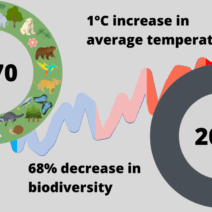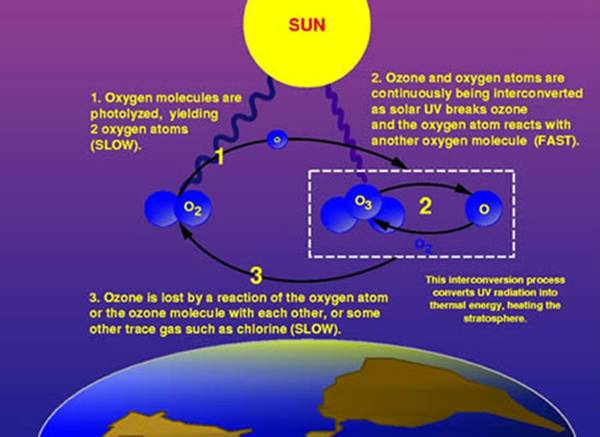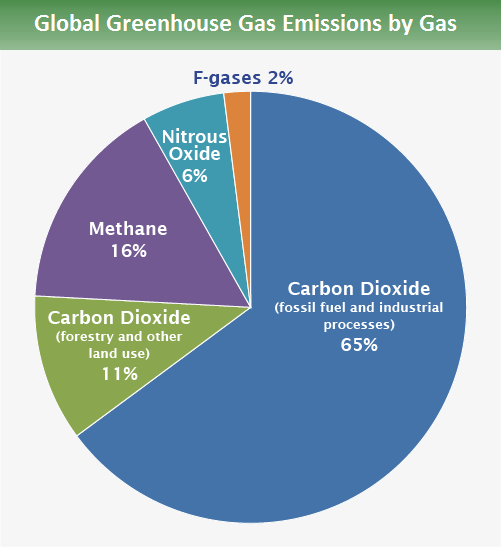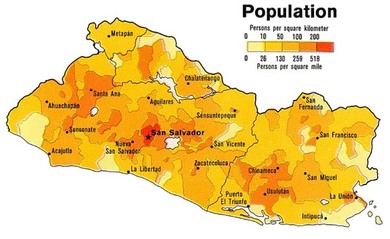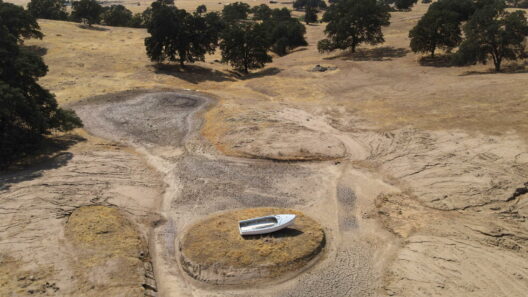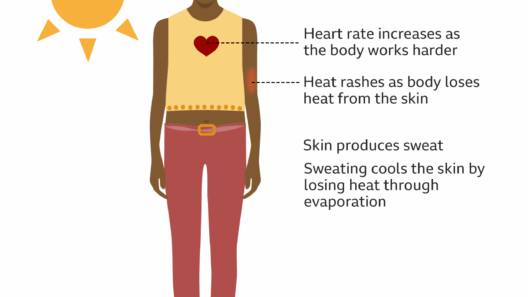As we navigate through the complexities of atmospheric science, the urgent dichotomy of ozone pollution and global warming surfaces as a critical environmental concern. The relationship between these two atmospheric phenomena is often overlooked. Ground-level ozone is not simply an atmospheric nuisance; it represents a significant accelerant in the broader narrative of climate change, presenting a myriad of challenges that necessitate our immediate attention.
Ground-level ozone is formed through a photochemical reaction between volatile organic compounds (VOCs) and nitrogen oxides (NOx) in the presence of sunlight. This process occurs predominantly in urban and industrial settings, where emissions from vehicles, factories, and other sources magnify the accumulation of ozone. While stratospheric ozone protects Earth from harmful ultraviolet (UV) radiation, ground-level ozone serves as a pollutant with deleterious effects, exacerbating respiratory issues and threatening agricultural yields.
Upon examining the mechanisms by which ozone functions in the troposphere, it is imperative to contemplate its impact on global warming. Ground-level ozone is classified as a short-lived climate pollutant (SLCP). As such, it exerts a disproportionately potent warming effect compared to many long-lived greenhouse gases. Research illustrates ground-level ozone’s radiative forcing capabilities, contributing to the greenhouse effect by trapping heat within the Earth’s atmosphere. In fact, on a per molecule basis, ozone has a heat-trapping potential far exceeding that of carbon dioxide over short time frames. This stark reality underscores the urgency of addressing ozone pollution within the broader context of climate action.
The interrelationship between ground-level ozone and climate change is characterized by feedback loops that further complicate the situation. For example, rising temperatures enhance the conditions conducive to ozone formation, thus generating increased levels of this harmful gas. Conversely, as ground-level ozone levels rise, ecosystems and agricultural systems become stressed, leading to reduced carbon uptake and storage capacities. This interplay creates a vicious cycle that directly impedes the fight against global warming.
When considering the agricultural implications of ozone pollution, one must factor in the profound ramifications for food security. Ozone exposure can diminish crop yields by impairing photosynthesis and stunting plant growth. Staple crops such as wheat, corn, and soybeans have been shown to experience significant reductions in productivity due to elevated ozone levels. A decline in agricultural output exacerbates food shortages and precarious economic conditions, especially in developing nations that already struggle with sustainability and resource management. Thus, the very fabric of societal stability can be threatened by the escalating levels of ozone pollution.
Public health also finds itself in the crosshairs of ground-level ozone pollution. Individuals with pre-existing respiratory conditions such as asthma, children, and the elderly are particularly vulnerable. The inhalation of ozone exacerbates respiratory diseases, leads to increased hospital visits, and heightens mortality rates associated with respiratory illnesses. This burden on public health systems highlights an often-ignored aspect of climate change—its potential to strain healthcare resources and compromise the welfare of populations already facing systemic challenges.
As we delve deeper into the discourse surrounding ozone pollution, it becomes clear that mitigation efforts present both challenges and opportunities. The transition towards renewable energy sources, such as wind and solar, can have a dual benefit: reducing reliance on fossil fuels and thereby diminishing the precursor pollutants (NOx and VOCs) responsible for ozone formation. Innovations in public transportation systems, urban planning, and energy efficiency can contribute significantly to curb emissions that lead to ground-level ozone proliferation. Furthermore, technological advancements in emissions monitoring provide policymakers and researchers with necessary tools to better understand and combat this atmospheric scourge.
Additionally, public awareness and education play a pivotal role in how communities respond to ozone pollution. Engagement in local and national initiatives focused on clean air can empower individuals to advocate for policy changes and adopt sustainable practices in their daily lives. Awareness of one’s own contributions to atmospheric pollution can lead to a collective movement towards reducing emissions at grassroots levels, impacting the larger climate narrative.
In conclusion, addressing ground-level ozone pollution is not merely an environmental imperative; it serves as a cornerstone in the climate change discourse. The effects on public health, agriculture, and ecosystems manifest as direct threats that demand immediate and sustained action. By shifting our perspective, we can see ozone not just as a pollutant, but as a poignant reminder of our interconnectedness with the planet’s health. As we move forward in the battles against climate change, prioritizing the reduction of ground-level ozone will prove essential for creating a holistic strategy to combat global warming effectively. It is incumbent upon all stakeholders—from individual citizens to governments—to recognize and act upon the reality of this ground-level threat, ensuring a more resilient and sustainable future for all.


